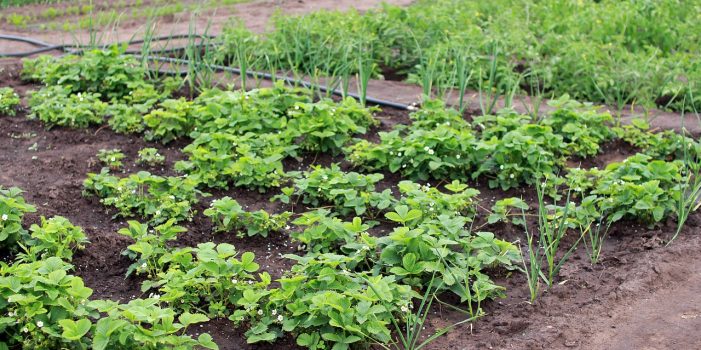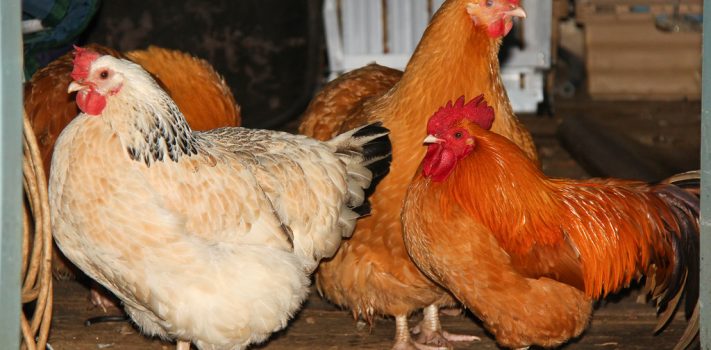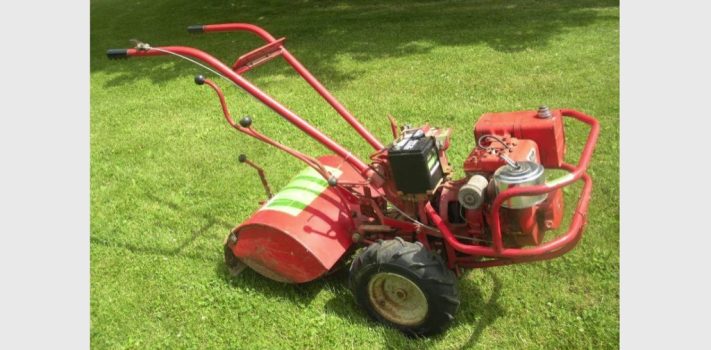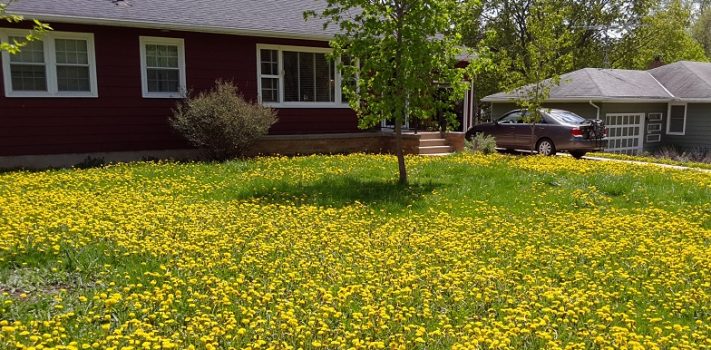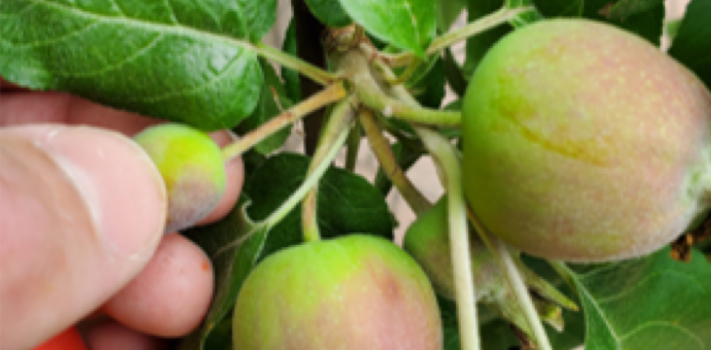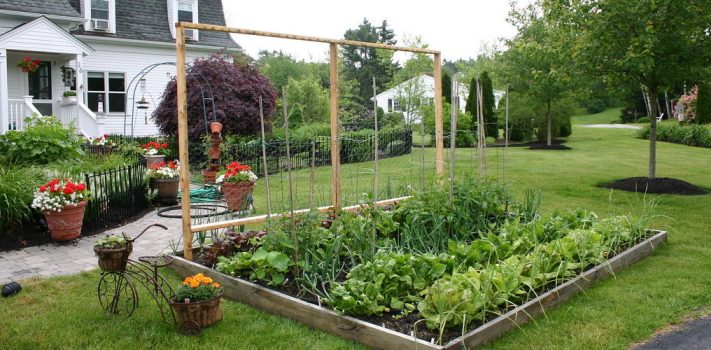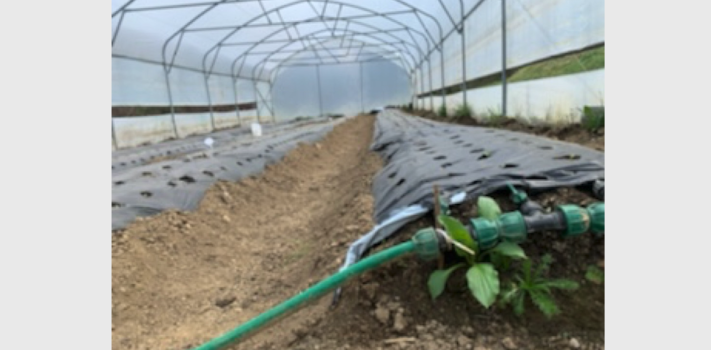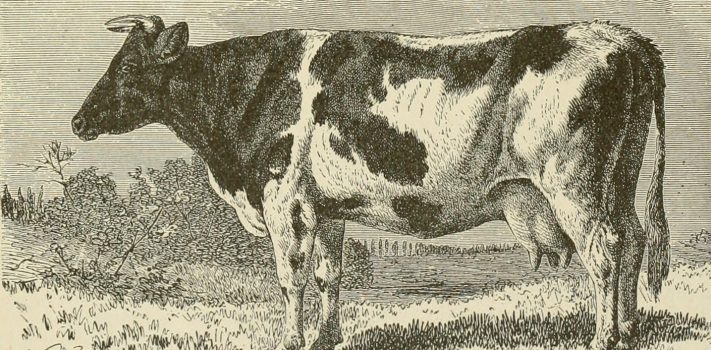Could You Live Off Your Land, Right Now?, by SaraSue
As world events, both nationally and internationally, explode in violence, deep debt, instability, and uncertainty, I ask myself have I done enough? Am I far enough away from the violence? Do I have systems in place that will hold me and my family in good stead for years to come? It’s complicated, and a heavy burden, to detach from the culture, from the world systems, and to create a self-sufficient lifestyle. It is also freeing. There’s so much detail to each aspect that it’s no wonder people throw up their hands and say it’s impossible. I think it’s possible to …

